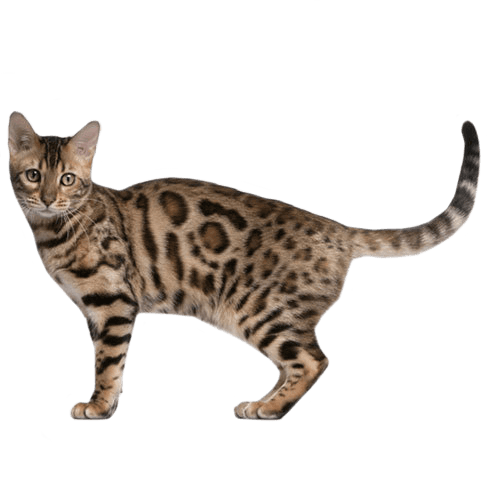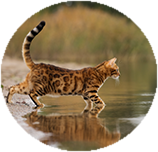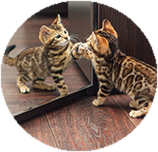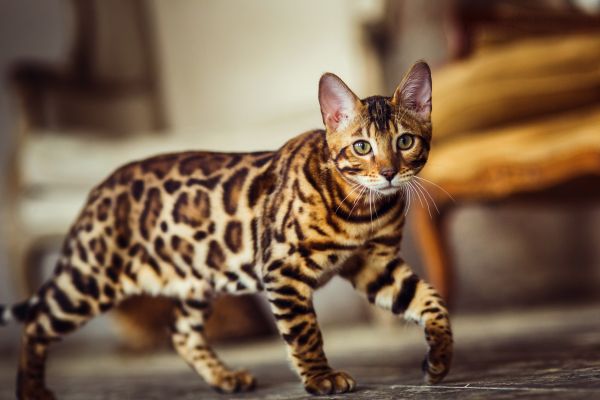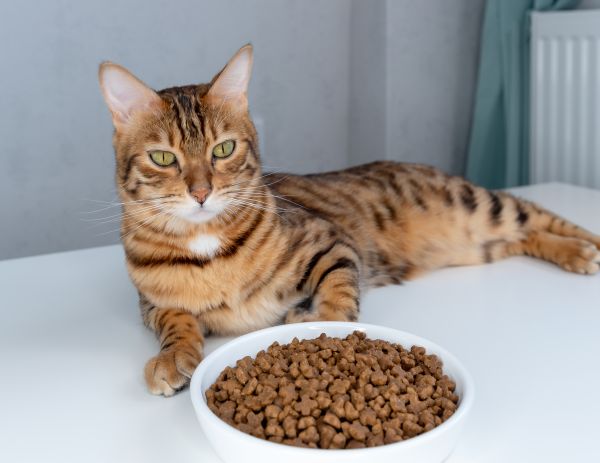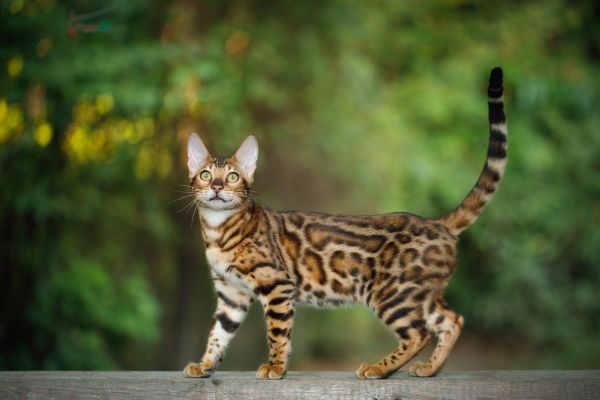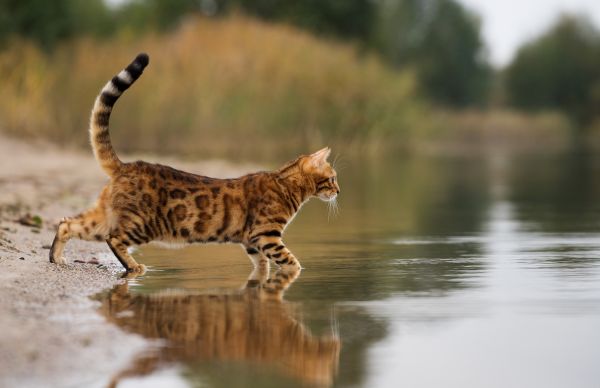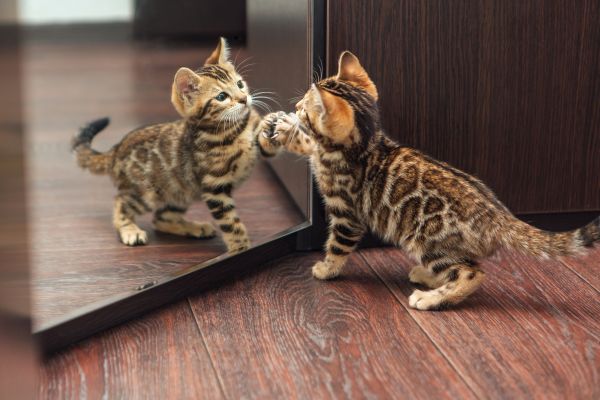[{
"url":"/pet-information/cat/advice/diy-toys-for-cats/",
"image":"images/thumbs/mixed-sizes/2024/homemade-cat-toys.png",
"tags":"",
"species":"cat",
"categories":"senior health",
"title":"6 DIY cat toys to make for your pet",
"intro":"Social gatherings can be an unsettling time for your cat.…",
"meta":"Wondering how to keep your cat entertained during the busy holiday season? Here, we provide some ideas for the best homemade toys for cats to keep them happy.",
"featured":"",
"listingcustombuttontext": ""
},{
"url":"/pet-information/cat/advice/do-cats-eat-more-in-winter/",
"image":"images/thumbs/mixed-sizes/2024/do-cats-need-to-eat-more-in-winter.png",
"tags":"",
"species":"cat",
"categories":"young adult senior youYourPet",
"title":"Should cats eat more in winter?",
"intro":"Do cats eat more in winter? Here’s what you need…",
"meta":"Do cats eat more in winter? Find out everything you need to know about how cats' eating habits change as the weather gets colder.",
"featured":"",
"listingcustombuttontext": ""
},{
"url":"/pet-information/cat/advice/how-to-cat-proof-a-christmas-tree/",
"image":"images/thumbs/mixed-sizes/2024/cat-proof-christmas-tree.png",
"tags":"",
"species":"cat",
"categories":"young adult senior youYourPet",
"title":"How to cat-proof your Christmas tree",
"intro":"Putting up the Christmas tree and decorating the house is…",
"meta":"Find out how to create a cat-friendly Christmas tree and make sure everyone in your household has an enjoyable – and safe – festive season.",
"featured":"",
"listingcustombuttontext": ""
},{
"url":"/pet-information/cat/advice/how-to-take-care-of-cats-in-winter/",
"image":"images/thumbs/mixed-sizes/2024/how-to-take-care-of-cats-in-winter.png",
"tags":"",
"species":"cat",
"categories":"young adult senior youYourPet",
"title":"How to take care of cats in winter: your essential checklist",
"intro":"From keeping cats warm in the colder months to enjoying…",
"meta":"Looking for tips on how to take care of cats in winter? We uncover expert advice on how to keep your cats cosy and safe during the colder months",
"featured":"",
"listingcustombuttontext": ""
},{
"url":"/pet-information/cat/advice/involve-your-cat-at-christmas/",
"image":"images/thumbs/mixed-sizes/2024/how-to-involve-your-cat-in-christmas.png",
"tags":"",
"species":"cat",
"categories":"young adult senior youYourPet",
"title":"How to involve your cat in Christmas",
"intro":"Looking for ideas on how to entertain and involve your…",
"meta":"Looking for ideas on how to entertain and involve your cat at Christmas? We’ve rounded up some of the best Christmas cat-friendly ideas.",
"featured":"",
"listingcustombuttontext": ""
},{
"url":"/pet-information/cat/advice/what-christmas-gifts-to-get-your-senior-cat/",
"image":"images/thumbs/mixed-sizes/2024/christmas-gift-ideas-senior-cat.png",
"tags":"",
"species":"cat",
"categories":"senior health",
"title":"Christmas gifts for senior cats",
"intro":"Christmas is the perfect time to treat your senior cat…",
"meta":"Wondering what to buy your senior cat for Christmas? From toys to treats, we’ve rounded up some of the best Christmas gifts for cats.",
"featured":"",
"listingcustombuttontext": ""
},{
"url":"/pet-information/cat/advice/are-cats-scared-of-fireworks/",
"image":"images/thumbs/mixed-sizes/2024/how-to-calm-cats-during-fireworks.png",
"tags":"",
"species":"cat",
"categories":"young adult senior behaviour youYourPet",
"title":"How to calm cats during fireworks",
"intro":"Many cats are afraid of fireworks, but there are a…",
"meta":"Are cats scared of fireworks? Find out here – and discover how to help calm your cat during firework season.",
"featured":"",
"listingcustombuttontext": ""
},{
"url":"/pet-information/cat/advice/can-cats-see-in-the-dark/",
"image":"images/thumbs/mixed-sizes/2024/do-cats-have-night-vision.png",
"tags":"",
"species":"cat",
"categories":"young adult senior health",
"title":"Can cats see in the dark?",
"intro":"Cats aren’t nocturnal – but that doesn’t stop them playing…",
"meta":"Cats aren't nocturnal – but that doesn't stop them playing in the middle of the night. But can domestic cats see in the dark? Here's everything you need to know.",
"featured":"",
"listingcustombuttontext": ""
},{
"url":"/pet-information/cat/advice/scared-cat/",
"image":"images/thumbs/mixed-sizes/2024/how-to-help-a-scared-cat-become-confident.png",
"tags":"",
"species":"cat",
"categories":"young adult senior behaviour",
"title":"How to help a scared cat become more confident",
"intro":"From thunderstorms and fireworks to visitors or a new pet…",
"meta":"While some cats are outgoing and self-assured, others can be a little more cautious. Use these expert tips to help a scared cat become more confident.",
"featured":"",
"listingcustombuttontext": ""
},{
"url":"/pet-information/blog/dog-or-cat-birthday-party/",
"image":"images/blog-assets/blog-how-to-throw-your-pet-a-birthday-party.jpg",
"tags":"",
"species":"catdog",
"categories":"young adult senior youYourPet",
"title":"Throwing a pet birthday party",
"intro":"Your pet reaching a birthday milestone is an event worth…",
"meta":"Your pet reaching a birthday milestone is an event worth celebrating. But it’s more than just a fun occasion; it's a heartfelt way to honour the joy and companionship they bring into your life.",
"featured":"",
"listingcustombuttontext": ""
},{
"url":"/pet-information/blog/how-to-keep-cats-cool-in-summer/",
"image":"images/thumbs/mixed-sizes/2024/cat-regulate-body-temperature-1.png",
"tags":"",
"species":"cat",
"categories":"young adult senior health brianFaulkner",
"title":"How to regulate your cat’s body temperature in summer",
"intro":"Most cats love nothing better than basking in the sunshine,…",
"meta":"Find out how to keep cats cool in summer by learning the many ways to regulate your pet’s body temperature.",
"featured":"",
"listingcustombuttontext": ""
},{
"url":"/pet-information/cat/advice/cat-tail-language/",
"image":"images/thumbs/mixed-sizes/2022/tail-movements-web.png",
"tags":"",
"species":"cat",
"categories":"cat behaviour young adult senior",
"title":"Cat tail language",
"intro":"Your cat’s tail can tell you a lot about how…",
"meta":"What does it mean when a cat wags its tail? Discover the explanations behind cat tail language to get to know your cat better.",
"featured":"",
"listingcustombuttontext": ""
},{
"url":"/pet-information/cat/advice/cat-territory/",
"image":"images/thumbs/mixed-sizes/2024/cat-how-cat-territory-works.png",
"tags":"",
"species":"cat",
"categories":"young adult senior behaviour",
"title":"Are cats territorial? How cat territory works",
"intro":"If you have a cat, you may wonder where they…",
"meta":"Are cats territorial? Where is a cat’s territory? Does your cat stay in their own territory? Find answers to all of your questions here.",
"featured":"",
"listingcustombuttontext": ""
},{
"url":"/pet-information/cat/advice/what-do-cats-not-like/",
"image":"images/thumbs/mixed-sizes/2024/cat-what-cats-dont-like-their-owners-doing.png",
"tags":"",
"species":"cat",
"categories":"young adult senior behaviour",
"title":"12 Things cats don't like their owners doing",
"intro":"What do cats dislike? And are there certain things they…",
"meta":"What do cats dislike? And are there certain things they hate their owners doing? Here, we uncover a list of things that cats do not enjoy.",
"featured":"",
"listingcustombuttontext": ""
}]
